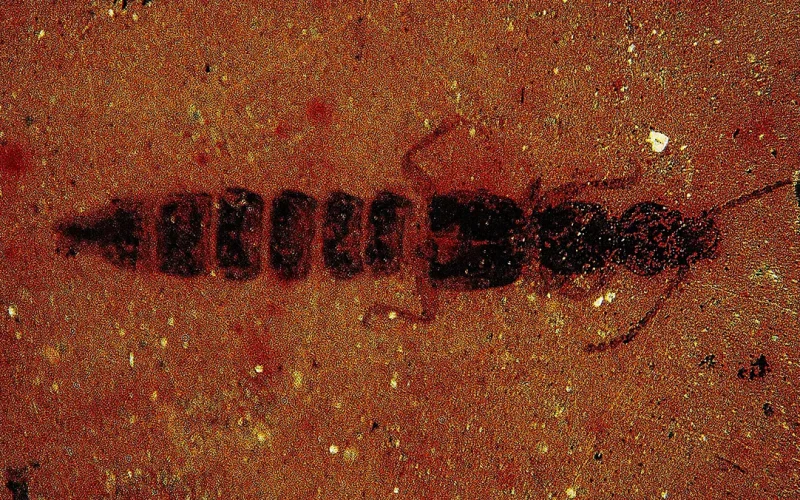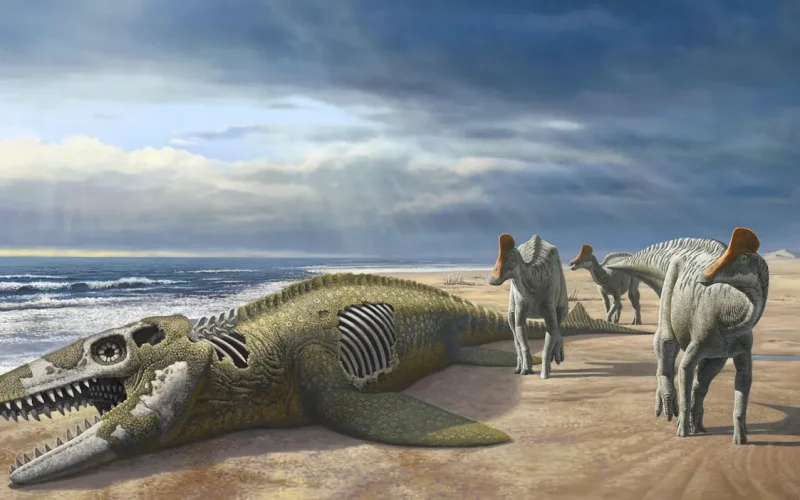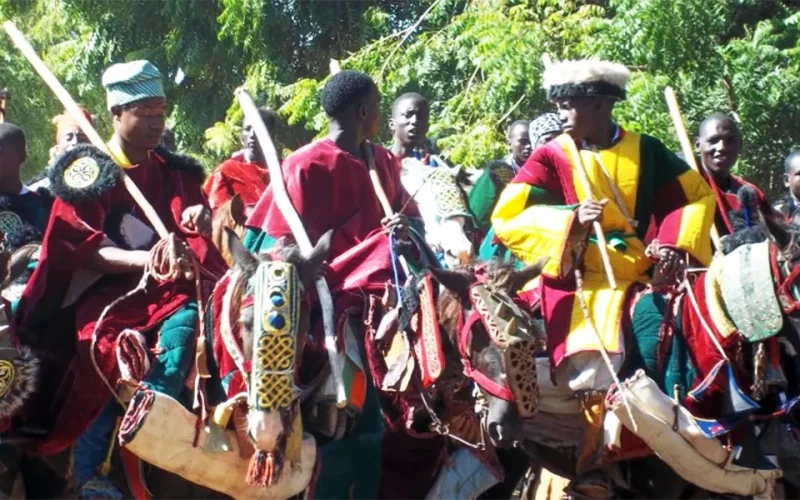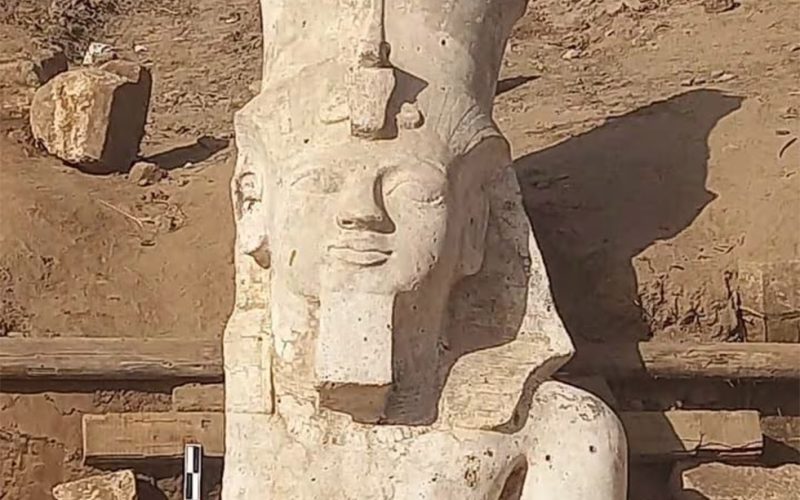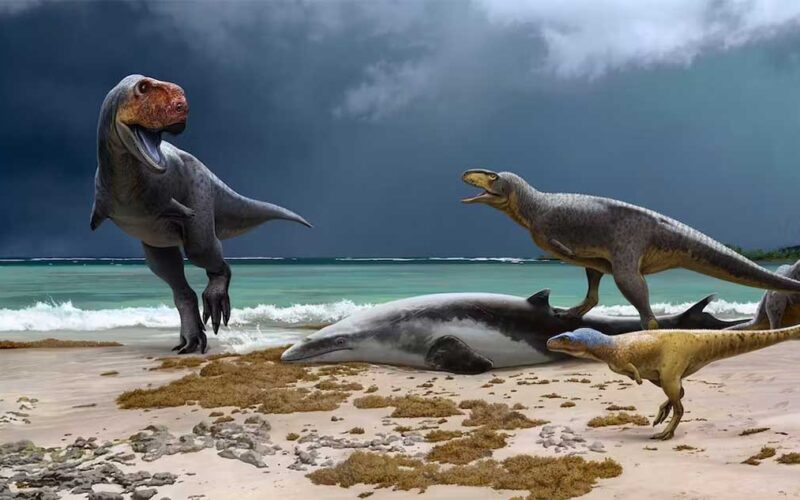
MeerKAT: the South African radio telescope that’s transformed our understanding of the cosmos
SOUTH Africa’s Karoo region is a vast semi-arid area that stretches across four of the country’s provinces. It is sparsely populated and renowned for its wide open spaces. In the heart of this landscape, near the small Northern Cape town of Carnarvon, the South African Radio Astronomy Observatory operates a technological marvel that has transformed our understanding of the cosmos. The MeerKAT radio telescope has unlocked cosmic mysteries. It’s fostered scientific collaboration. It is also nurturing local talent. MeerKAT, which is among South Africa’s largest scientific infrastructure projects of the 30 year period since democracy, has emerged as a beacon…


